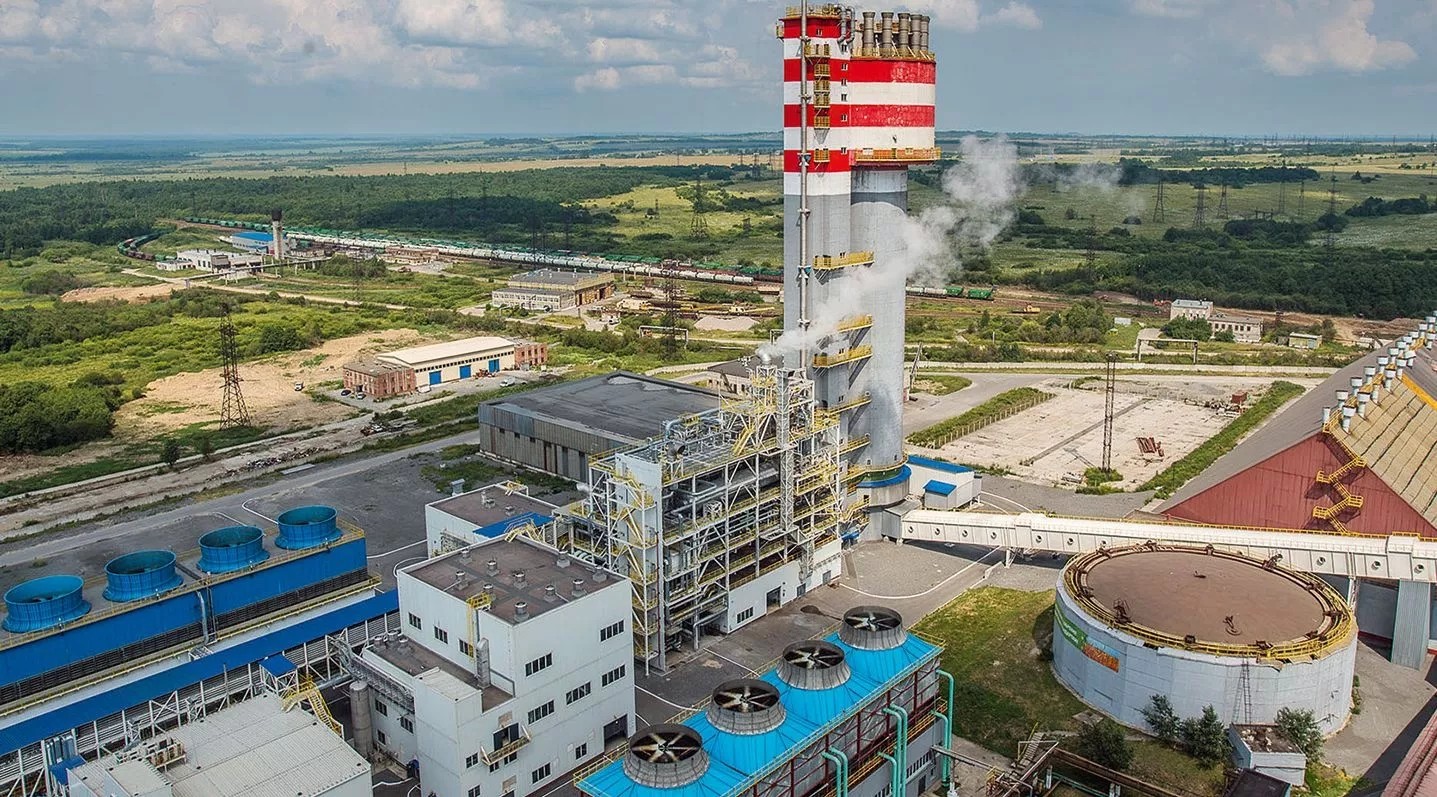Dehydration by Adsorption
Advantages of Molecular Sieve Beads For Drying Ethanol
Very low dew point and water content can be obtained
Best suited for large volumes of gas under very high pressure
Dehydration of very small quantities of natural gas at low cost
Insensitive to moderate changes in gas temperature, flow rates, and pressure
They are relatively free from problems of corrossion, foaminig, ect
Some types can be used for simultaneous dehydration and sweetening
Molecular Sieve 3A for Ethanol Desiccant for Ethylene Purification
Ethylene and other monomers need to be purified before they are polymerized. This purification is done using a two bed thermally regenerated adsorption unit. Type 13X is commonly used for this purification because of its high capacity for polar molecules. The problem is that 13X also adsorbs ethylene. This releases heat that initiates undesirable exothermic polymerization reactions. The purification process can be operated successfully, but it requires the use of specific processing steps. This includes the partial preloading of the freshly regenerated bed with ethylene prior to contacting the bed with the feed ethylene.

Some plants have used an Adsorbent Zeolite 3A that contains molecular sieve within an activated alumina matrix. The idea being that when the high capacity molecular sieve adsorbent is dispersed within a lower capacity adsorbent that there would be over-all less ethylene adsorption resulting in less local heat rises. This lower capacity, lower heat generating, adsorbent still requires the preload step.

Regardless of which adsorbent is used, there have been problems. Solidified adsorbent masses have formed in the adsorbent bed ranging from size of basketballs to essentially all the bed having been solidified into a mass of polymer. The ceramic material used as support of the adsorbent bed has solidified into a pancake mass where only the area next to vessel wall is unaffected. There have been occurrences of serious heat formed inside the vessel as evidenced by the ceramic bed support particles being semi melted together, and being cracked and fused together with polymer. This heat is localized since no temperature increases are detected by any of the thermocouples in the adsorbent section. These solidification problems usually show up as high pressure drop across the adsorbent bed. Left uncorrected they will lead to loss of purification performance resulting in downstream reactor blockage and unscheduled plant shut-down.
If you have experienced some of these problems with your monomer purification, we can help. Successful operation can be obtained with your 3A or with a blended adsorbent.
NEWSLETTER SIGNUP
By subscribing to our mailing list you will always be update with the latest news from us.
We never spam!
Copyright © Mingguang Feizhou new materials Co., Ltd. All Rights Reserved. | Sitemap